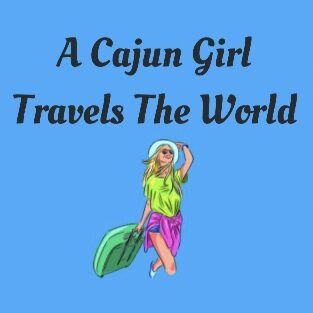We may earn money or products from the companies mentioned in this post.
Greece and Turkey – The Footsteps of St. Paul
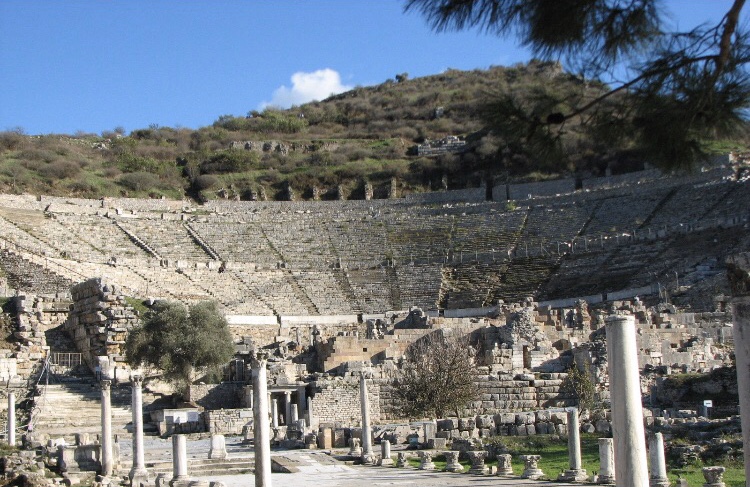
Our journey to Greece and Turkey included a 3 night cruise on the Adriatic Sea, followed by a five night land tour throughout Greece.
This amazing journey was one of my pilgrimage group tours that highlighted the Footsteps of St. Paul. Our trip actually took place a few years ago and for the privacy of my group members, I am not posting any recognizable photographs of these wonderful people.

The morning after landing in Athens, we embarked and sailed from the Port of Piraeus aboard Louis Hellenic Cruise Lines’ Cristal Ship. I have cruised often, but this cruise was different. The safety instructions were in Greek and the many English speaking people were confused. It seemed a little chaotic, but things settled down and all went well.
Later that evening, we stopped at the port town of Mykonos. Greek white washed homes, trimmed in blue, lined the cobblestone streets. There were many shops and restaurants where one could spend hours. It was obvious that there seemed to be more cats than people on this beautiful island.

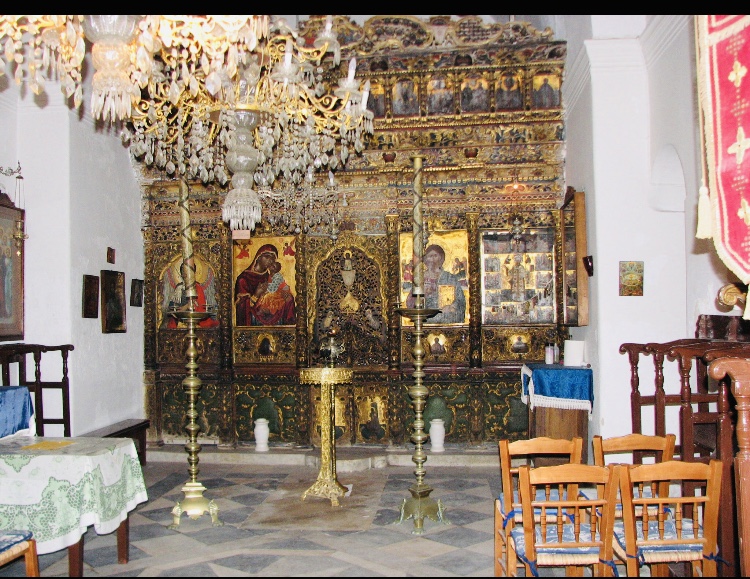
The next morning we disembarked at Rhodes. This was the legendary home of the sun god Apollo and once boasted of having one of the Seven Wonders of the Ancient World, the Colossus of Rhodes. This large statue of the sun-god Helios and dominated the harbor entrance.
We drove along the picturesque coastline to Lindos. Medieval walls, built by the Knights of St. John in the 13th century, still protect this city. We stopped to observe pottery being made and entered the shop, under the grapevine trellis, to see what we could find.
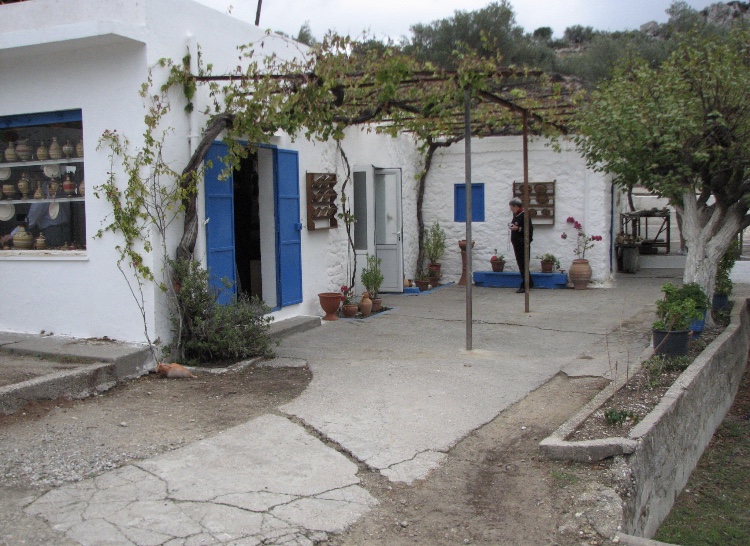

After shopping, we visited the Old Town and explored the Grand Master’s Palace from Crusader times. We also walked the Street of Knights to see their medieval homes.


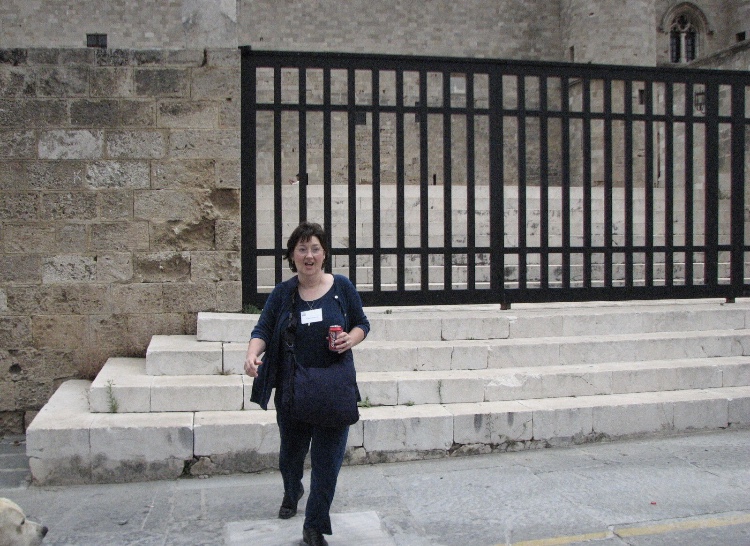
The following day we sailed to Patmos, the largest resort town in the area, and drove to the village of Chora to visit the walled Monastery of St. John. Below the Monastery is the Grotto where St. John received his visions and was inspired to write the Book of Revelation.
We walked uphill to the monastery site which was built 900 years ago. After enjoying the view of the courtyard, we visited the monk’s dining room and the main church. The frescoes in the church were impressive. We then visited the small museum with its fascinating treasures of manuscripts, icons, jewelry, and many other priceless antiquities.
Finally we went to the Grotto of the Apocalypse which is located below the Church of the Apocalypse. We walked down to the Grotto and saw the silver niches in the wall that mark the pillow and ledge that St John used as a desk. We were humbled to see the three fold crack made by the Voice of God emphasizing the honor of the Trinity.


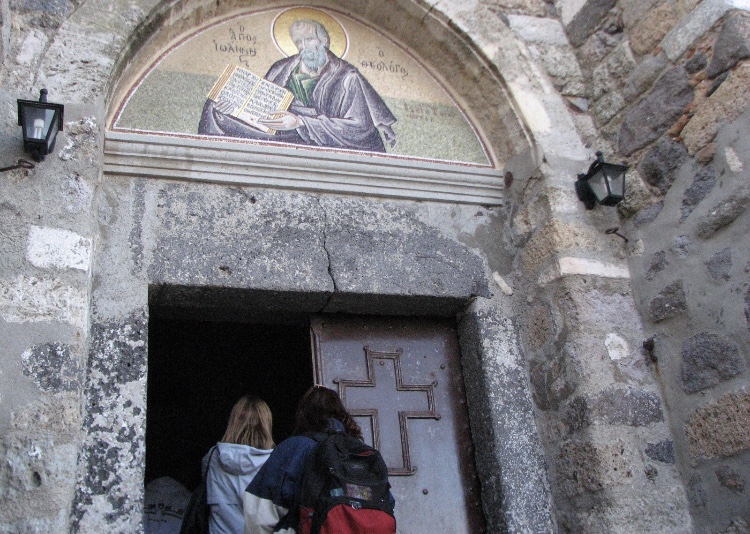
Our next destination was the Turkish resort town of Kusadasi. After spending time walking around this colorful port city and shopping from street vendors, we continued to the magnificent ancient city of Ephesus. Ephesus Is one of the most spectacular excavated cities in the world. We saw the ruins of the Temple of Artemis, also known as the Temple of Diana, which was another of the Seven Wonders of the Ancient World. Today only one column remains. Everyone enjoyed visiting the Theater, the Public Baths and Toilets, and many other ruins. It was exciting to stroll down the beautiful Marbled Street to the amazing Library of Celsus. Though there is no longer anything inside the library, it was still fun to explore.
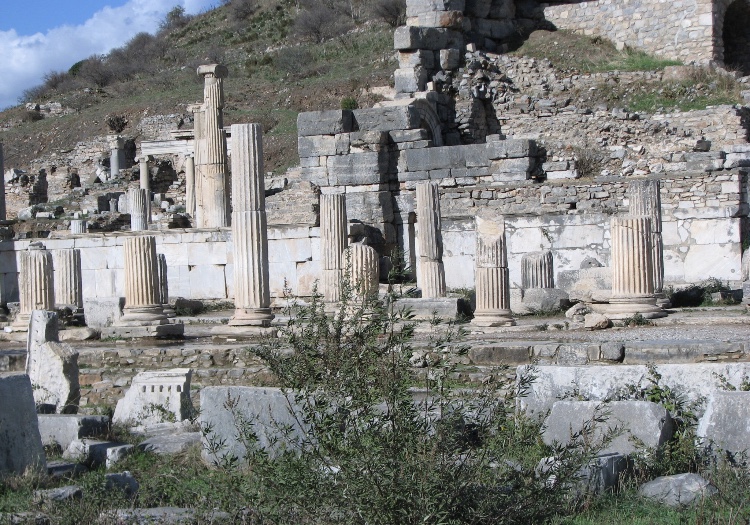

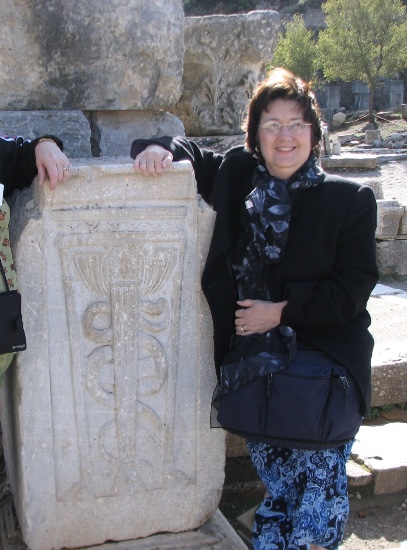

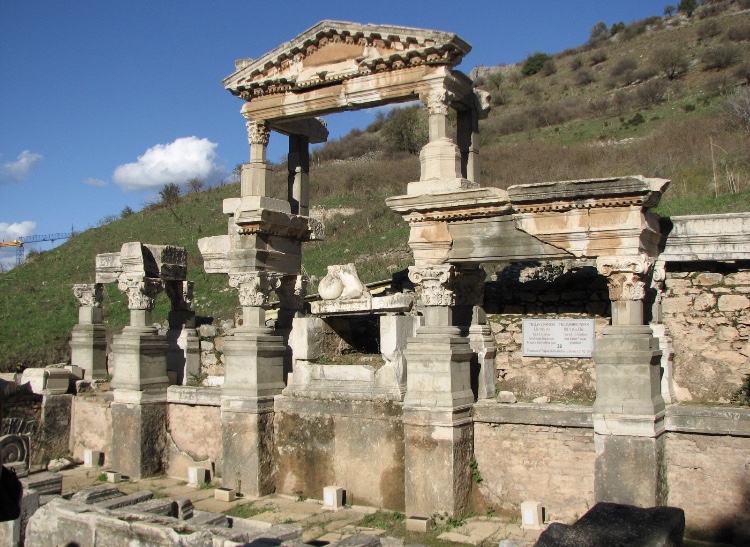
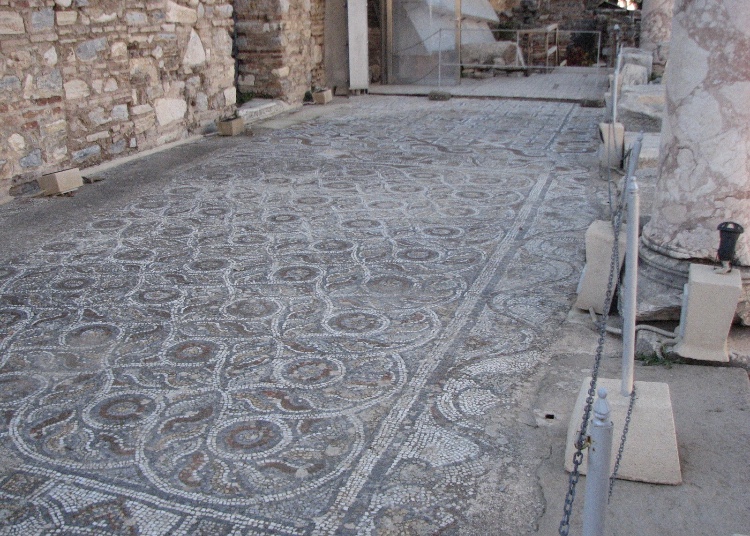
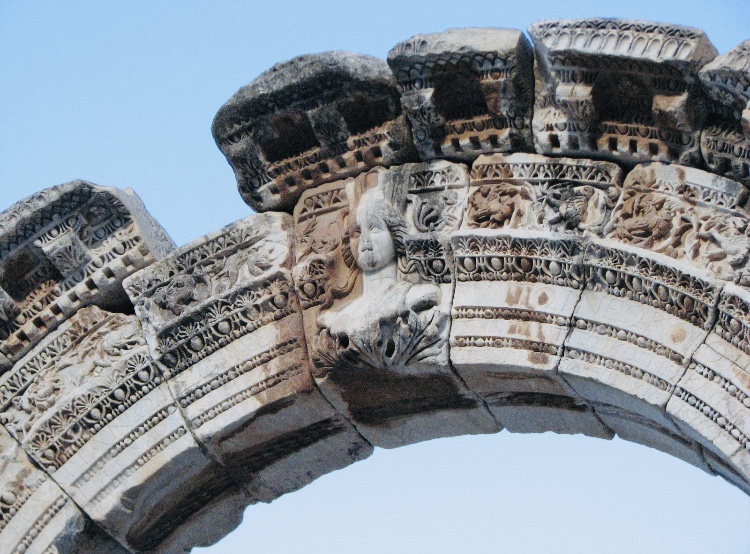
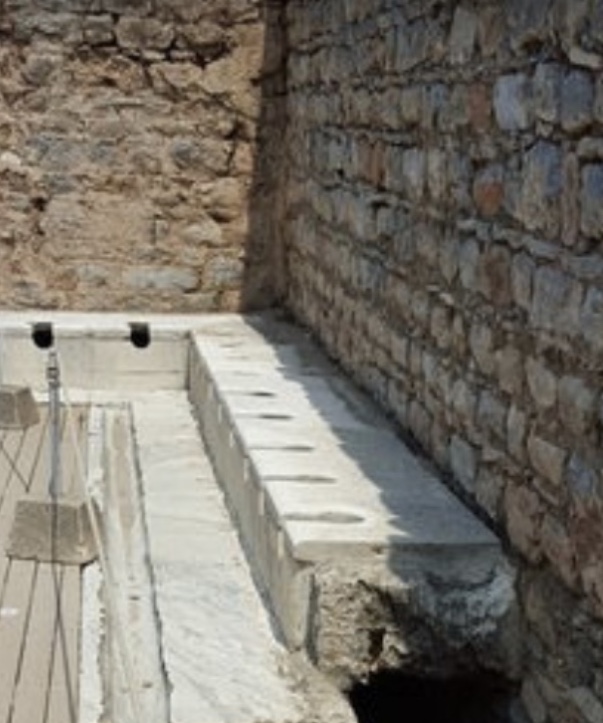
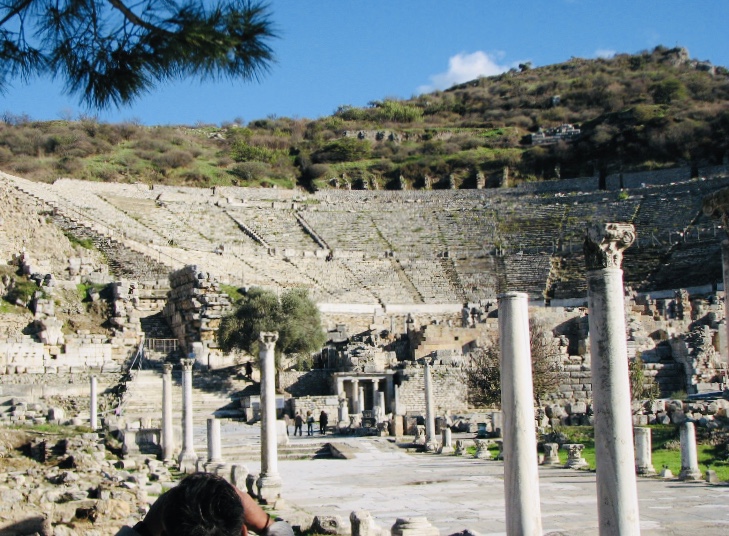
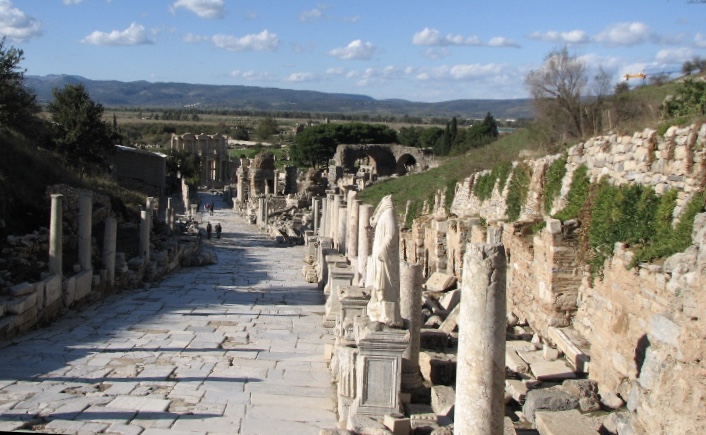


Later we drove to the small valley of Mt. Koressos to visit the small chapel which lies on the site of the house where the Virgin Mary lived after the crucifixion. It is believed by many that this is where she spent her last days, but some believe it was in Jerusalem. Behind the house is a yard with stations where it is said that Mary prayed to first Way of the Cross. This site has been officially sanctioned by the Vatican for pilgrimages.


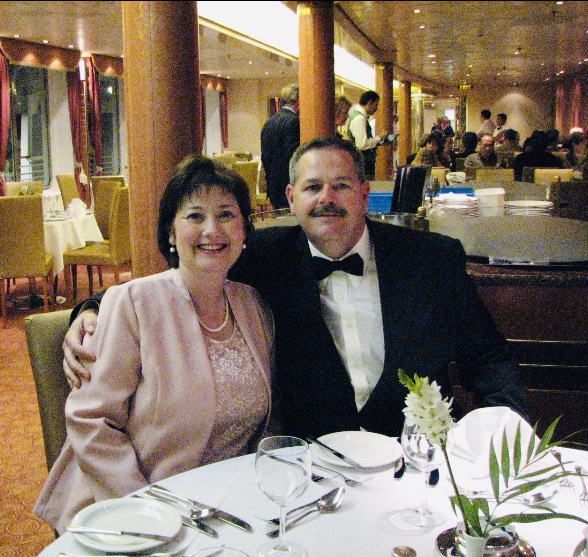
After a night of very rough seas, we disembarked from our ship and started our Greek land tour towards Macedonia. We traveled to Veria, also known as Berea, and stopped to visit the Monument to St. Paul.
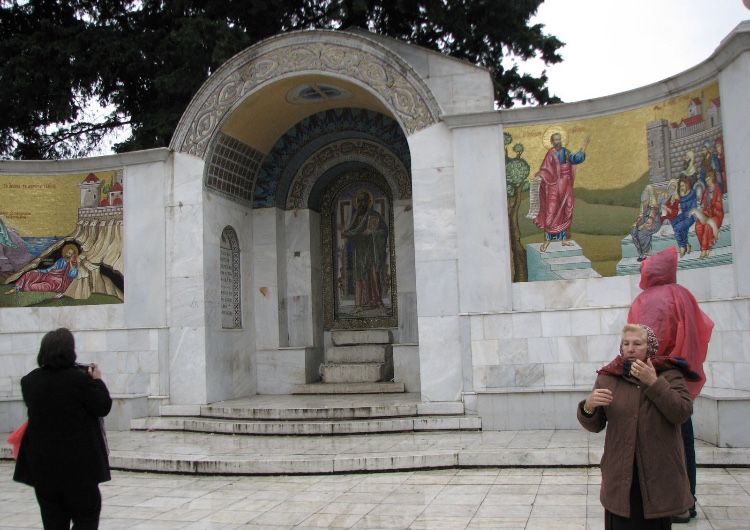
Continuing to Thessaloniki, we spent time visiting the site of the Battle of the Spartans.
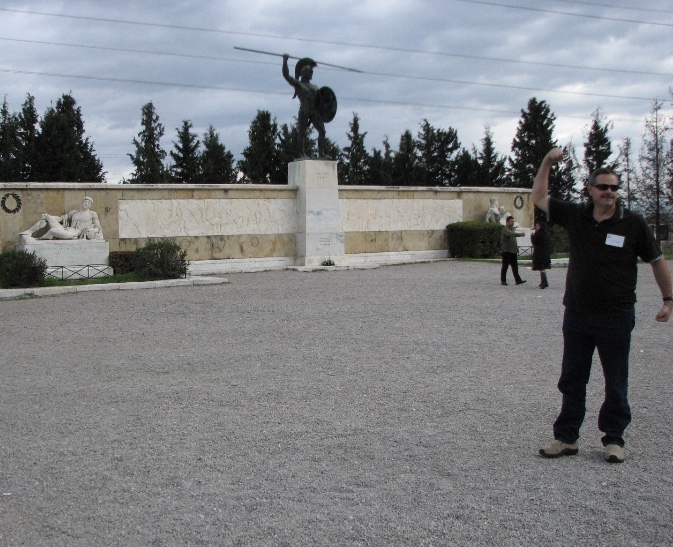
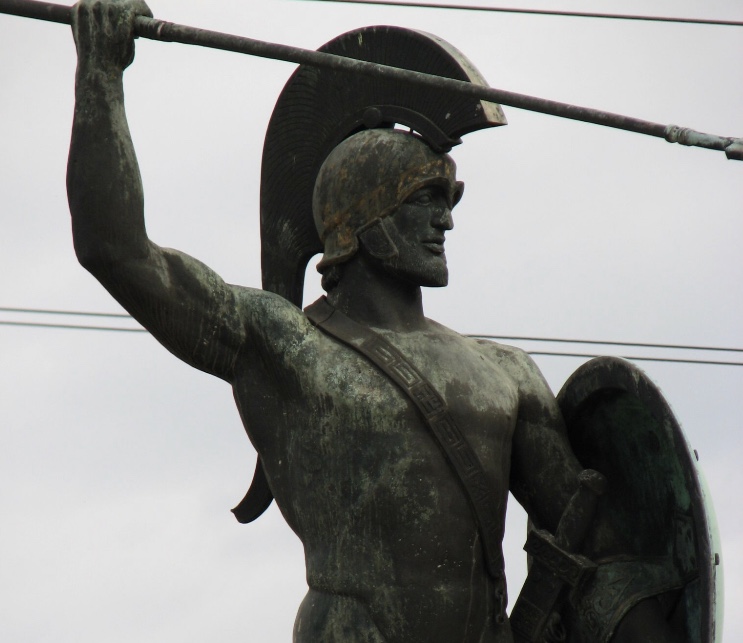
Once we arrived at Thessaloniki, we saw the Rotunda, the Triumphant Arch of Galerius, and the seafront promenade with the White Tower. We visited museums and saw many Macedonian and ancient Greek treasures. The most amazing to me was the extremely fine gold jewelry.
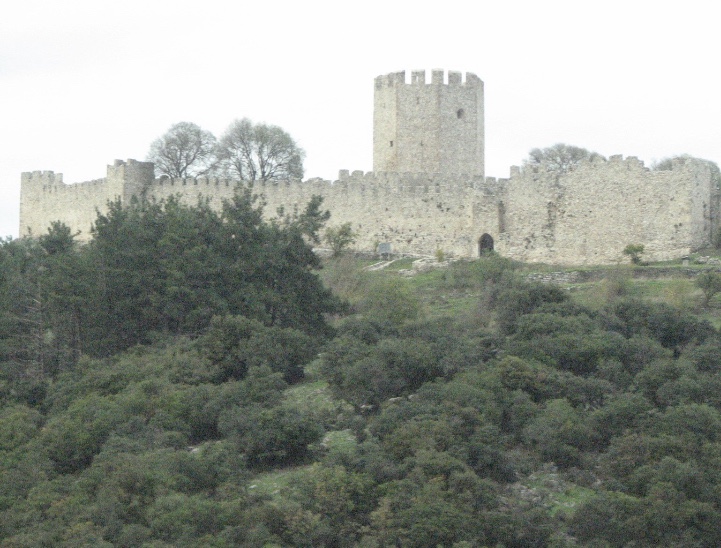
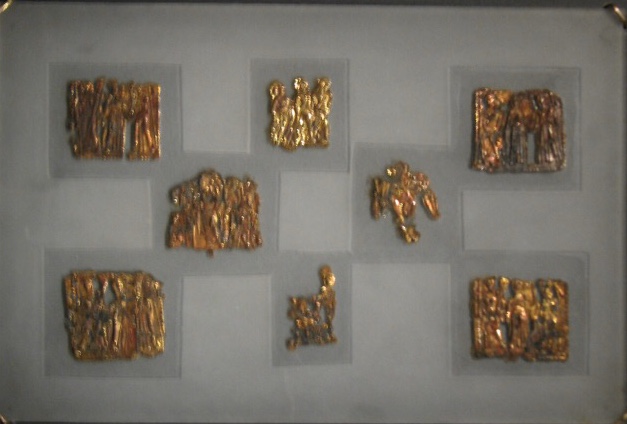

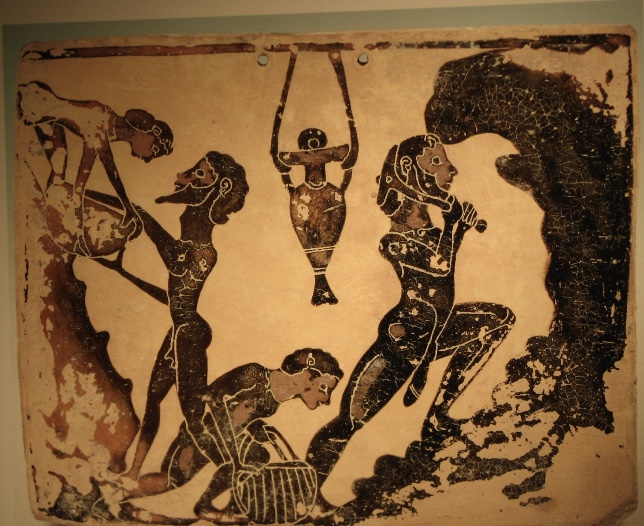
We continued to Philippi where Mark Anthony defeated Brutus and St Paul first preached the Gospel in Europe. The perfect weather made it easy to visit the archeological site and the prison where St. Paul was freed from his chains.
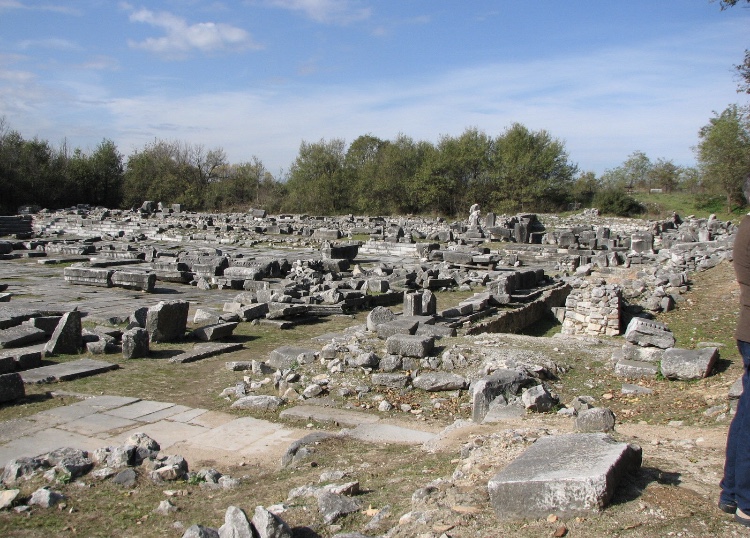
Our group then visited St Lydia’s Baptistry. St. Lydia was a wealthy woman who sold expensive purple cloth. She was the first European woman to be baptized and used her large home as the first in-home church. Many people are still baptized here today at the Baptistry inside the church.
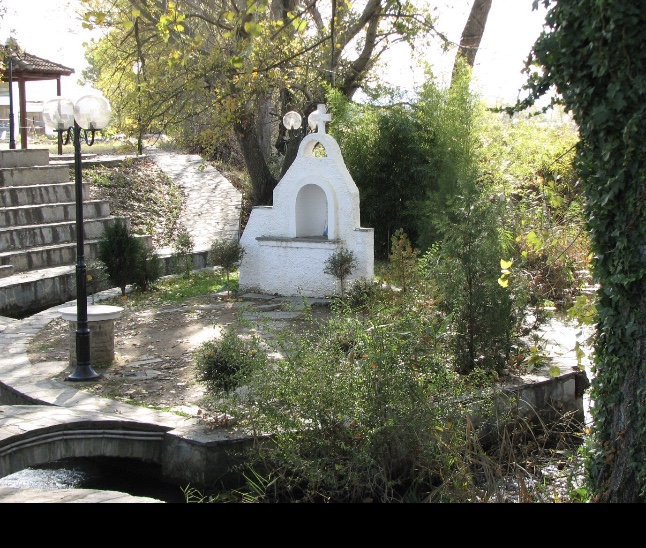
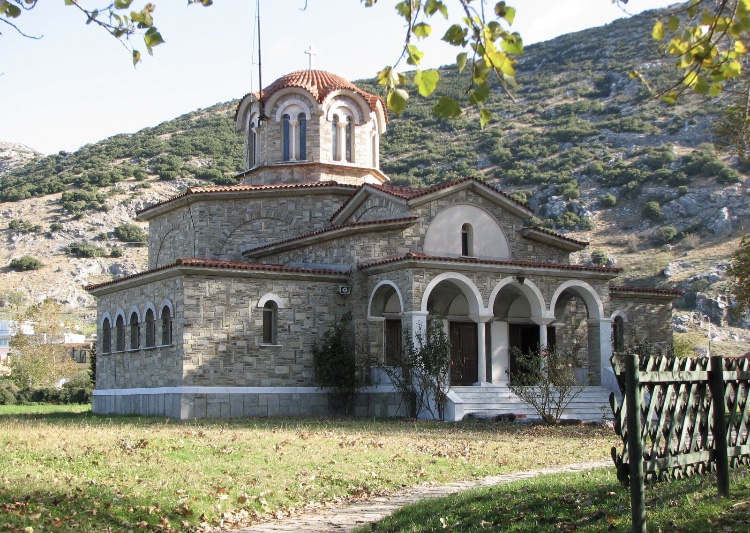
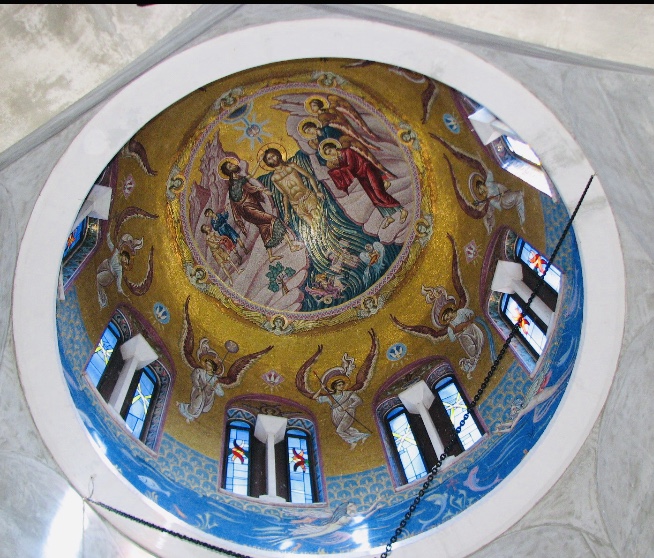

The following day we visited the Macedonian capital of Pella which was the birthplace of Alexander the Great. After walking through the ruins, we also went Vergina to see the tomb of Philip of Macedonia.
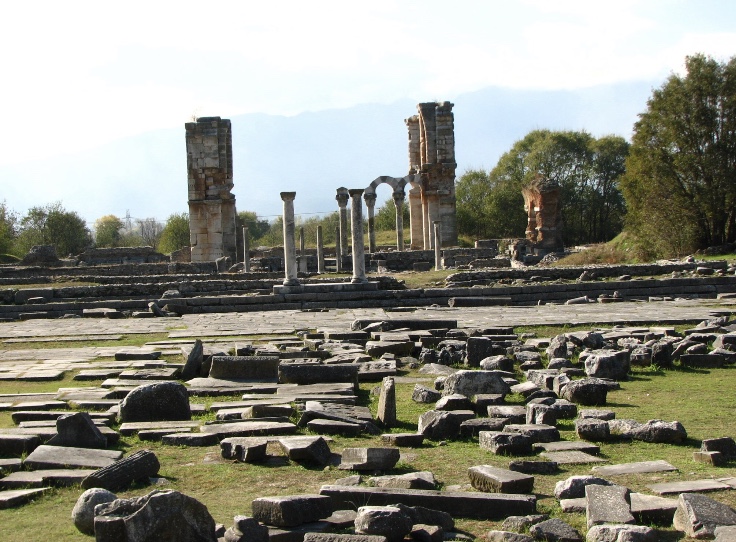


One of our favorite excursions was mystical Meteora to see the intriguing hanging monasteries. They hung precariously from very large rock formations. The misty fog added to the wonder if this site. We visited St. Stephen’s Monastery and it was amazing to think of how the monks lived their daily lives here.

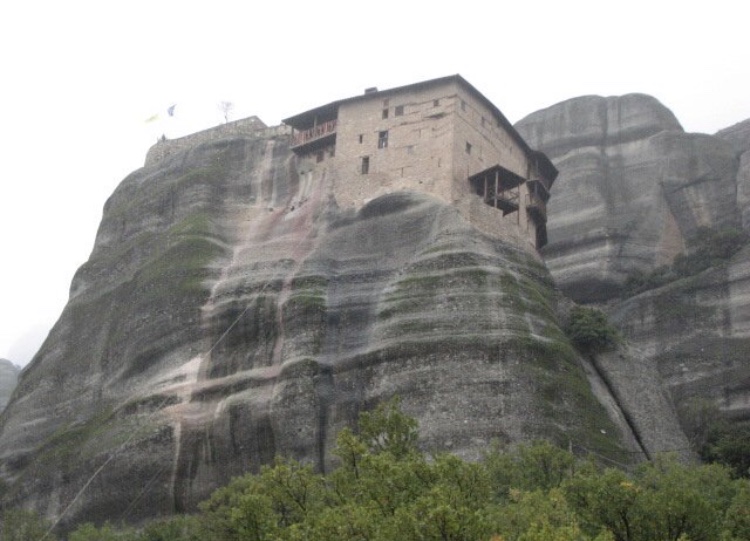
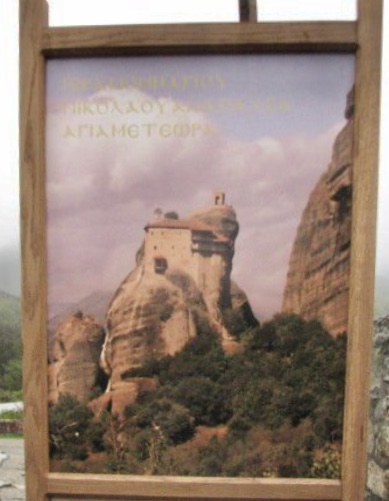

We really were amazed at the Workshop of Byzantine Icons at Kalambaka. It was interesting to see the icons being made with gold leaf and paint. I believe everyone in our group bought at least one small icon.
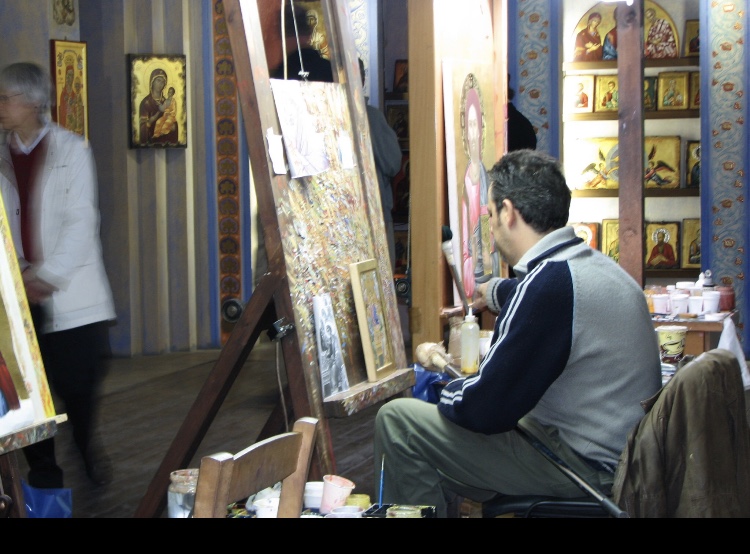
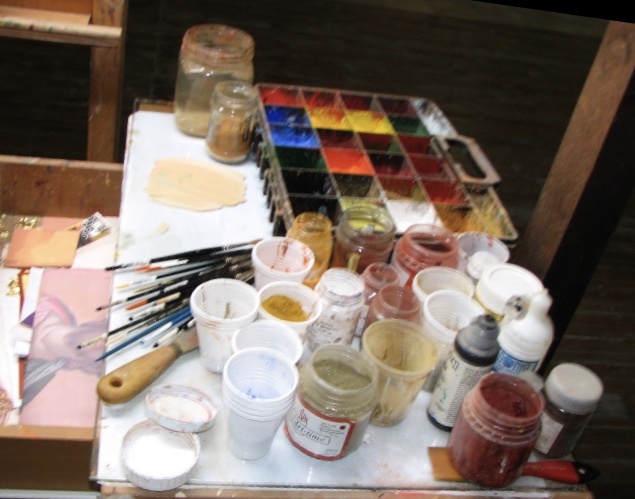
Delphi, formerly called Pytho, was definitely one of the most intriguing ruin sites to visit.
The Temple of Apollo, completed in 320 BC. was of utmost importance. The last temple was the 6th Temple of Apollo built at this site. People came from far away to meet with the Oracle at the temple. They consulted on personal questions as well as matters of the state. The escaping gases from the ground would put the Oracle in a trance and she would mumble words which were translated by the Apollo priests. These words decided the fate of many. This practice was most prevalent from 600-400 BC but continued until 390 AD when the Roman Emperor, Theodosius I, put an end to it and had the temple destroyed in a show of pro christianity.

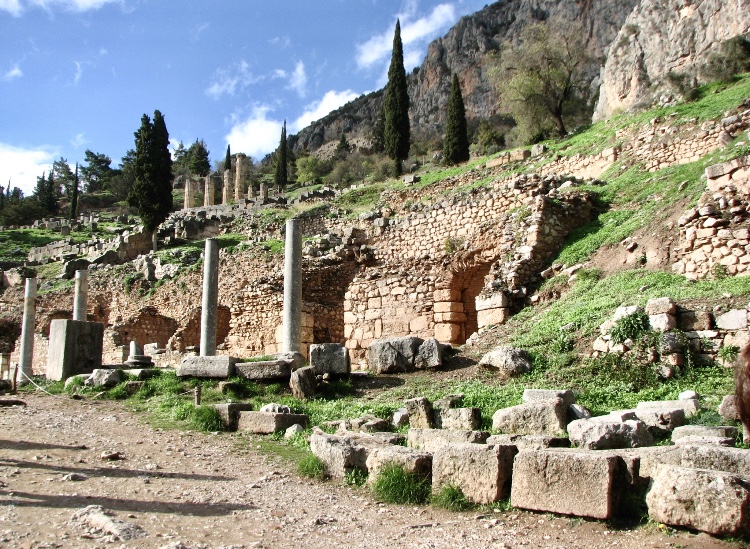
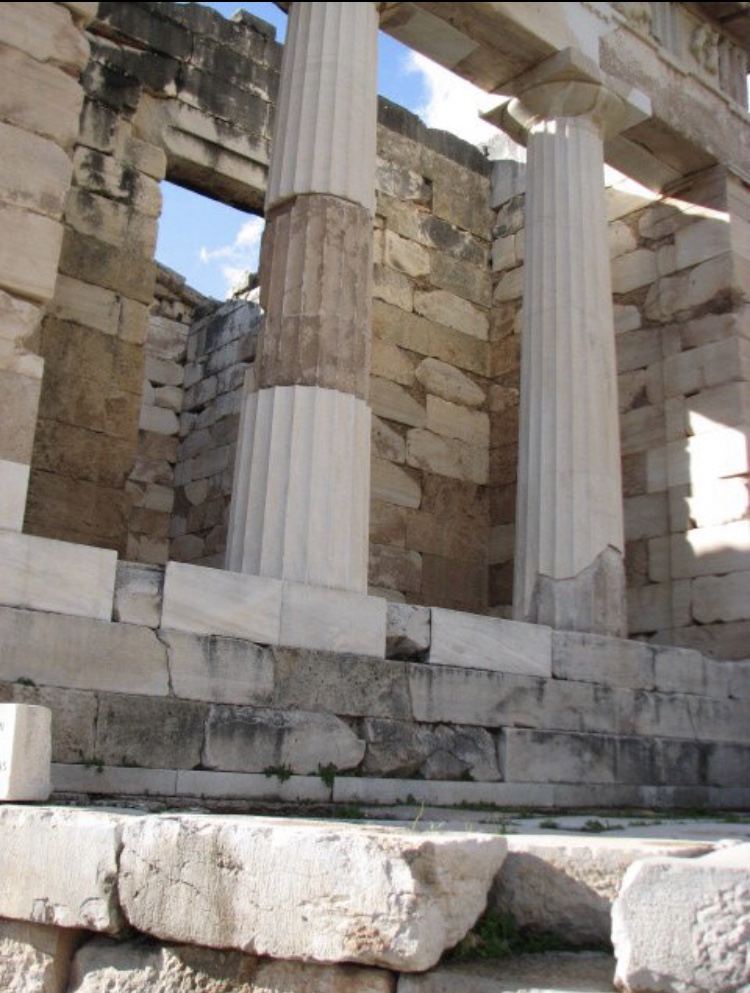
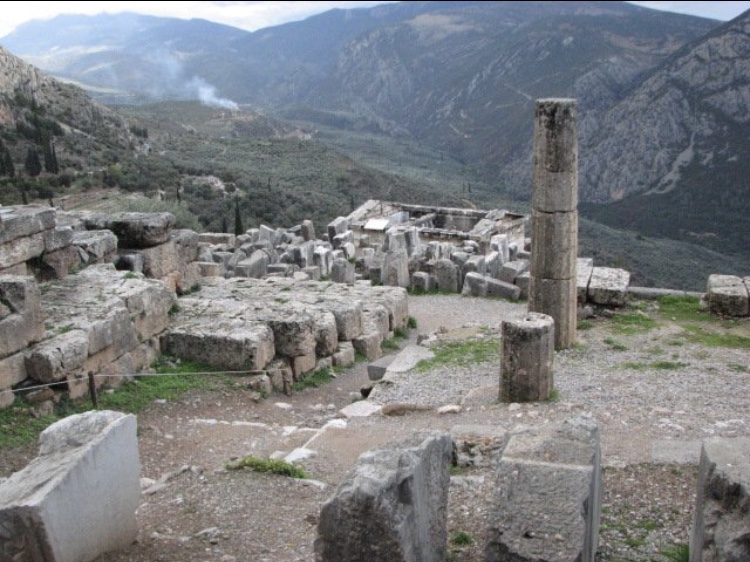
We finally returned to tour the ancient city of Athens. We saw the temple of Zeus, the Theater of Dionysius, and the Acropolis with the Famous Parthenon. We walked through the Agora, (market place) and had time to shop.
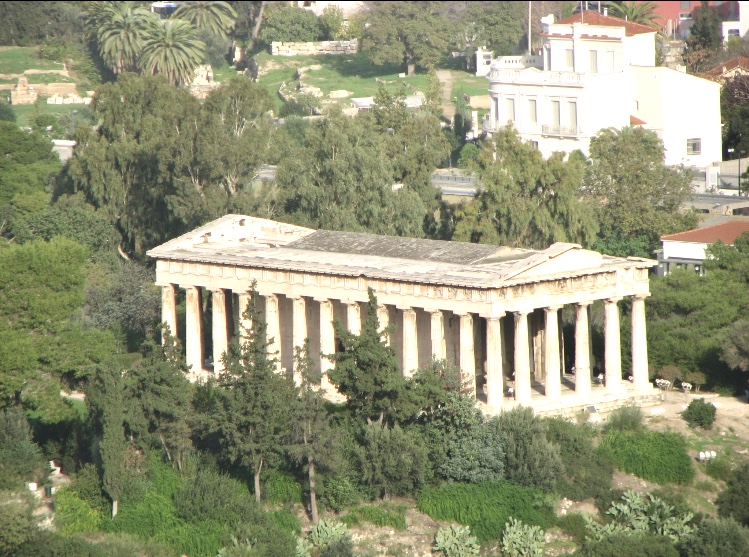
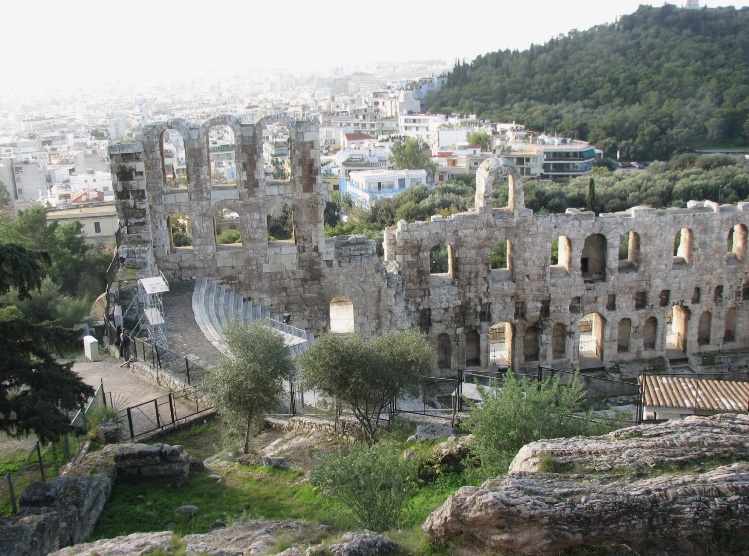
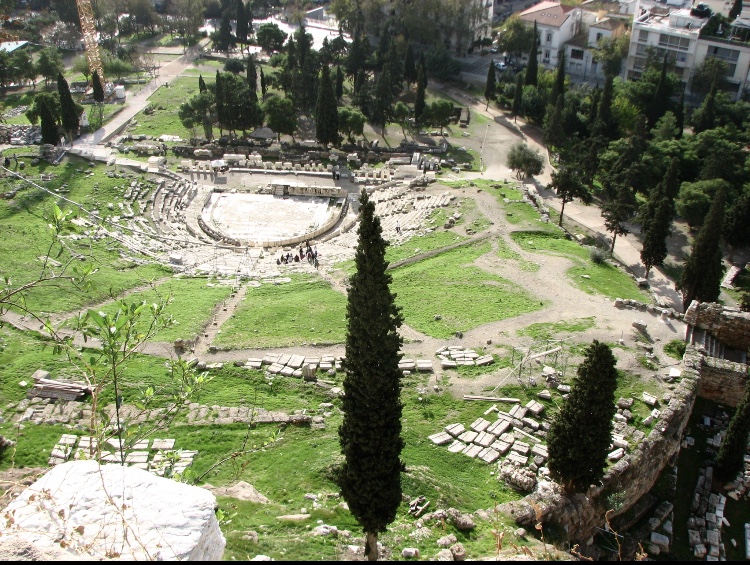
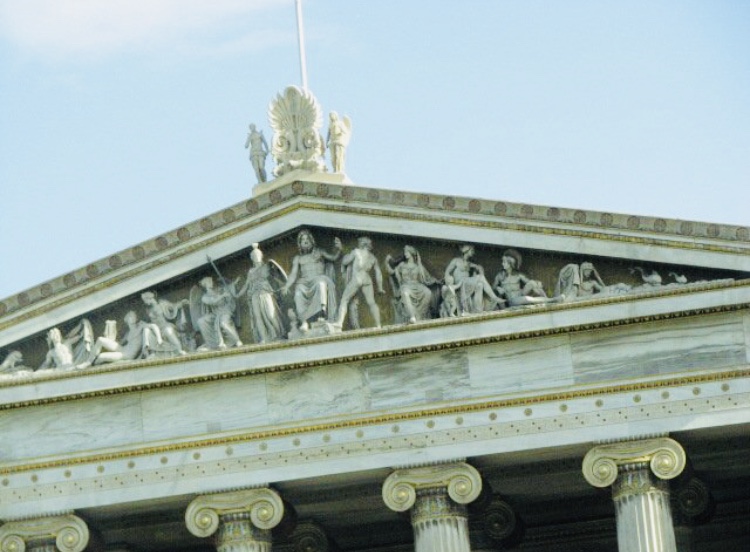
For our next adventure, we crossed the Corinth Canal, which connects the Aegean and Ionian Seas. The isthmus where boats once were dragged over land from one sea to the other is still present. Corinth was most important city in days of St. Paul but the active gentile church that he founded here, in 50 AD, was a cause of much grief to him. He wrote at least 4 letters to the Corinthians. We visited the ruins where he worked with Aquila and Priscilla. The remains of the first century shops are still present. We visited the agura, or marketplace, where St. Paul’s trial by Gallio took place. There were many other ruins that we visited, including the Temple of Apollo.
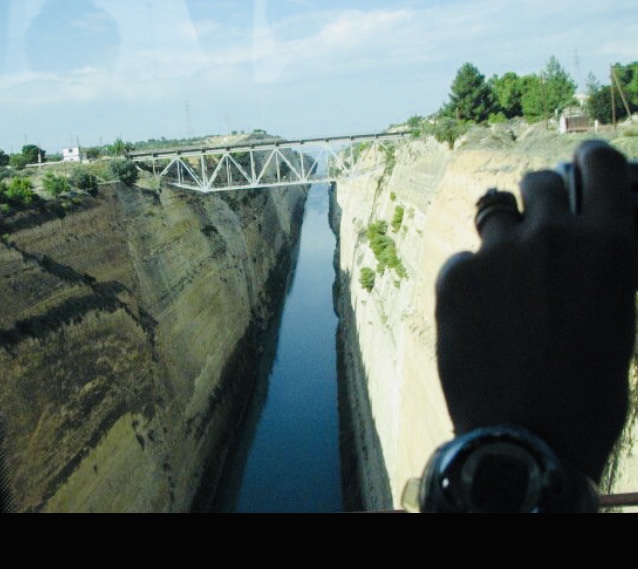
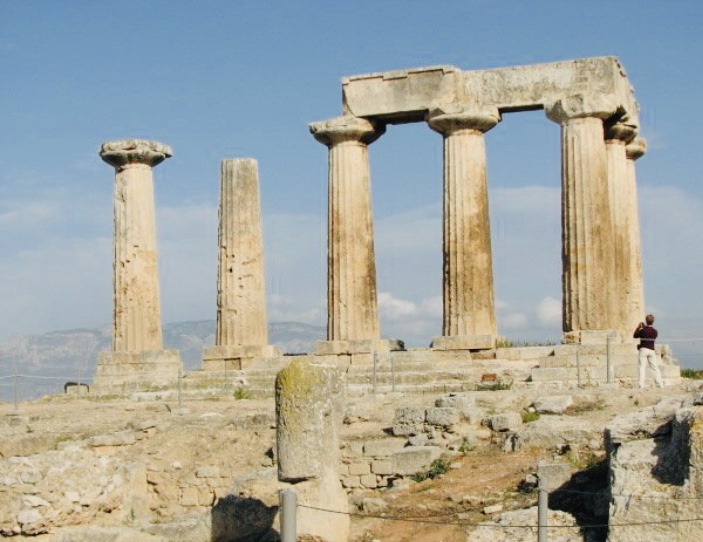
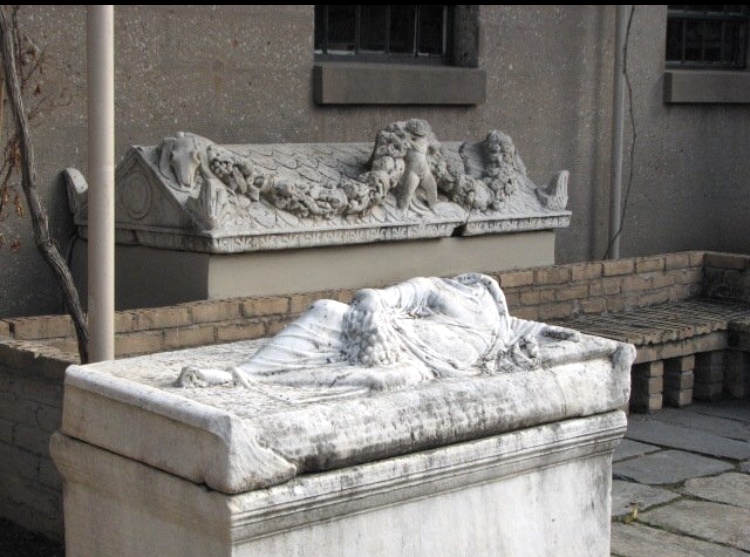
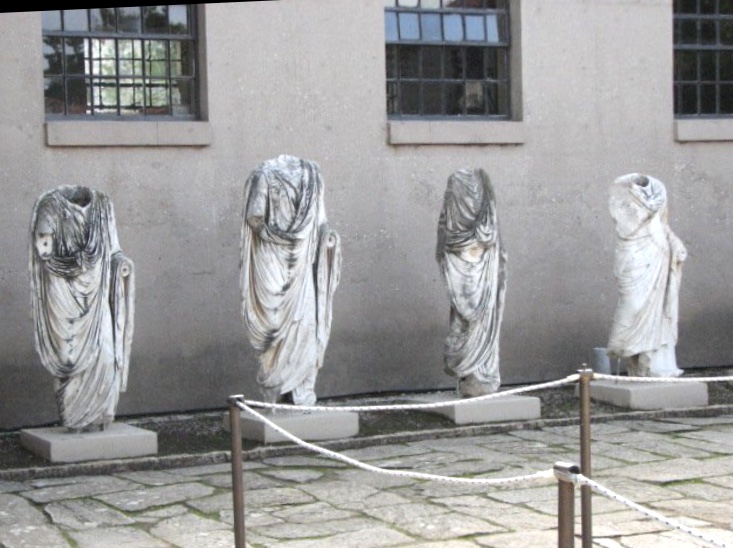

Our journey to Greece and Turkey was filled with history, architecture, art, and beauty. We enjoyed the Greek food, especially the Baclava and Moussaka. I would recommend this trip to everyone.
